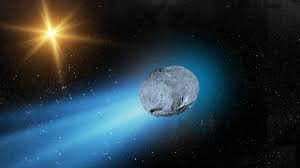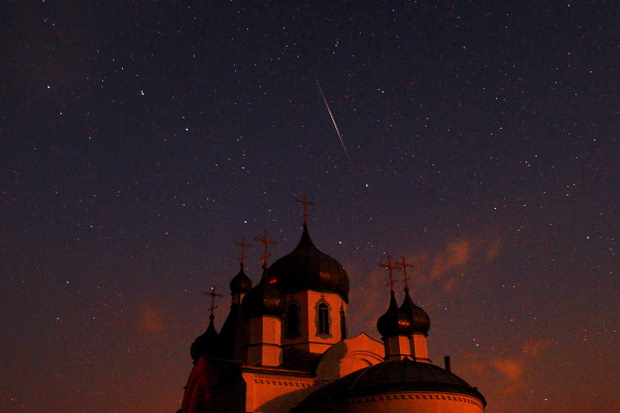What is 3I/ATLAS? Could the Interstellar Comet 3I/ATLAS really be an alien mothership? Scientists brace for October 29 mystery

3I/ATLAS?
As the interstellar comet 3I/ATLAS races toward its closest pass by the Sun, excitement and controversy are colliding across the scientific community. While most astronomers see it as a rare but natural visitor from deep space, others—most notably Harvard astrophysicist Avi Loeb—believe it could be something much more astonishing: an alien mothership.
Discovered on July 1, 2025, by the Asteroid Terrestrial-impact Last Alert System (ATLAS), 3I/ATLAS became only the third confirmed interstellar object to enter our solar system after the famous ‘Oumuamua in 2017 and 2I/Borisov in 2019. Since then, it has displayed an array of peculiar traits that have scientists both fascinated and puzzled.
Unlike typical comets, 3I/ATLAS exhibits unusual nickel emissions, a mysterious anti-tail (a tail that points toward the Sun), and chemical signatures unlike anything seen in our solar neighborhood. Such anomalies have prompted questions about its composition—and its origin.
At the center of the intrigue is the comet’s upcoming solar conjunction on October 21 and perihelion on October 29, when it will pass behind the Sun from Earth’s view and reach its closest distance to our star. During this period, it will be invisible to telescopes on Earth, making any sudden changes in its trajectory difficult to detect.
This brief blackout has sparked speculation among alien enthusiasts. Avi Loeb, known for his controversial theories about extraterrestrial technology, suggested that if 3I/ATLAS were an artificial probe, it might perform an “Oberth maneuver”—a gravity-assisted propulsion technique used by spacecraft—to alter its speed or trajectory while out of sight.
“Take your vacation before October 29,” Loeb joked in a recent interview. “Who knows what might happen?” Despite the tongue-in-cheek remark, he maintains there’s a 30–40% chance that 3I/ATLAS might not be entirely natural—a statement that has drawn sharp criticism from his peers.
NASA’s Tom Statler pushed back against such claims, stating that the evidence “strongly supports 3I/ATLAS being a natural comet.” Its behavior, he added, is entirely consistent with known physics, even if its chemical quirks make it an outlier.
Still, new data continues to raise eyebrows. Recent observations from the Keck II Telescope in Hawaii and the Hubble Space Telescope revealed that 3I/ATLAS emits nickel gas without iron, a phenomenon previously observed only in industrial nickel alloys on Earth. Scientists propose a rare carbonyl chemical process near the comet’s nucleus, possibly producing nickel tetracarbonyl, but no one is certain.
Adding to the anticipation, Mars Reconnaissance Orbiter and Jupiter’s Juno spacecraft are expected to capture fresh images of the comet between October 30 and March 2026, potentially revealing more about its composition and motion.
Whether natural or not, one thing is certain—3I/ATLAS represents a once-in-a-lifetime opportunity to study material from beyond our solar system. If it behaves as predicted, it will continue its journey into deep space, leaving behind data that could reshape what we know about interstellar visitors. But if it deviates from its expected path—well, then the alien mothership theory might not sound so far-fetched after all.
FAQs
Q1: What is 3I/ATLAS?
3I/ATLAS is an interstellar comet discovered in July 2025 by the ATLAS project. It is the third confirmed object from beyond our solar system.
Q2: Why do some scientists think it might be alien?
Harvard astrophysicist Avi Loeb speculated that its unusual chemical properties and trajectory could indicate artificial—rather than natural—origins.
Q3: What happens on October 29?
The comet will reach perihelion, its closest point to the Sun, and will temporarily be hidden from Earth’s view, creating a window where any unexpected movement could go unnoticed.
Q4: Is there any evidence of alien technology?
No. While theories exist, the majority of the scientific community agrees that 3I/ATLAS behaves like a natural comet, not a spacecraft.
Q5: Will spacecraft like Europa Clipper study it?
Yes. Several probes, including Europa Clipper, Juice, and Juno, could capture data from the comet’s tail, providing more clues about its makeup.



